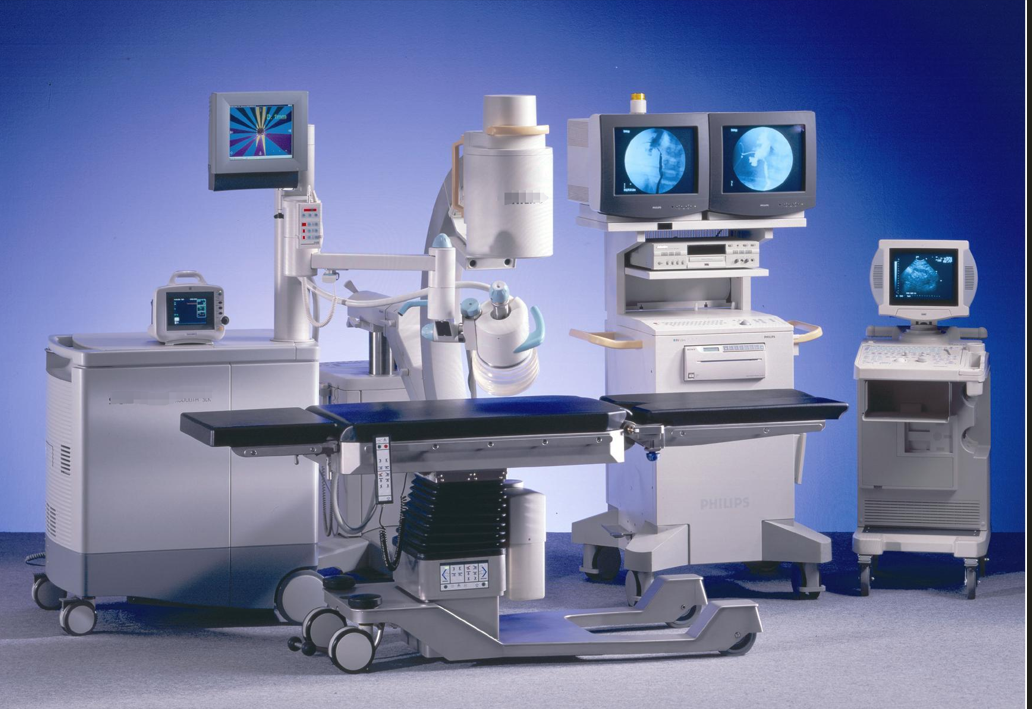

Continuing the discussion on the application of flexible PCBs in medical devices and wearables, we focus on two key factors: the optimization of space and weight, and the advantages of high-density layout.
1. Space and Weight With the trend towards miniaturization in medical devices and wearables, the demand for smaller sizes is increasing. These devices need to reduce their volume while maintaining functionality. The thin copper layers and insulating layers of flexible PCBs enable a smaller bending radius, thus adapting to more confined spaces. This optimization of space and weight makes flexible PCBs an ideal choice for achieving miniaturization of devices.
2. High Density HDI flexible printed circuit boards can provide more interconnections in an extremely small space. This design includes dense component layout and multifunctional wiring, bringing significant advantages:
When weight, space, and reliability are the primary considerations, flexible HDI boards become the ideal choice, especially suitable for medical devices and wearables.
The presence of blind and buried vias greatly reduces space requirements while improving signal integrity.
HDI boards are cost-effective, achieving the functionality of an 8-layer rigid board with a 6-layer HDI board.
In subsequent articles, we will delve deeper into the specific applications of flexible PCBs in medical devices.